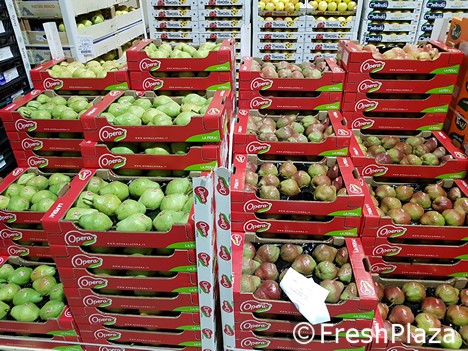


He then went on to write and produce for Mashable India, where he penned over a thousand articles, reviews, opinions, and in-depth features and hosted and scripted several YouTube videos. His first stint as a writer was for India’s leading tech magazine - The Digit - but he got his first true experience in tech journalism writing for and managing a small tech blog, EOTO.tech. He’s been the go-to guy in his circle for advice on smartphones, laptops, and gadgets in general-he regrets not sharing affiliate links as often, though. His love for technology began with the Nokias and the Sony Ericsons of the early 2000s, and he hasn’t looked back since. Find them the next time you search on Google for winter holidays like "Hanukkah," "Christmas" and "Kwanzaa.Prasham Parikh is a freelancer at Android Police, and you can catch him writing how-to guides, features, and reviews on smartphones or pretty much anything that has a battery in it. Google Arts & Culture has also created holiday-themed virtual colouring books. The creative holiday fun doesn’t end there. But no worries if you’re feeling a bit too shy to compose: You can also have the Blobs put on a festive performance while you sit back and enjoy classics like “Jingle Bells” and “O Holy Night.” The blobs respond and harmonise to your input in real time. The resulting experiment allows you to play Blob Opera, altering pitch & vowel sounds to create your own composition. In the experiment you don’t hear their voices, but rather the machine learning model’s understanding of what opera singing sounds like, based on what it learned from the opera singers. Tenor, Christian Joel, bass Frederick Tong, mezzo-soprano Joanna Gamble and soprano Olivia Doutney recorded many hours of singing. We developed a machine learning model trained on the voices of four opera singers in order to create an engaging experiment for everyone, regardless of musical skills. This experiment pays tribute to and explores the original musical instrument: the voice.


 0 kommentar(er)
0 kommentar(er)
